Itemized Deductions
The TCJA suspended several itemized deductions for 2018 through 2025 while boosting the standard deduction. The OBBBA generally extends these rules with some modifications.
If you expect to itemize deductions on your 2025 tax return, take advantage of several key deductions that can lower your tax bill. Consider the following:
- Donate cash or property to a qualified charitable organization (see more below).
- Pay deductible mortgage interest if it makes sense for your situation. This includes interest on acquisition debt up to $750,000 for your principal residence and one other home.
- Make state and local tax (SALT) payments up to the annual deduction limit. Under the OBBBA, the SALT cap is quadrupled from $10,000 to $40,000 for 2025, subject to a phase-out for high-income taxpayers. The cap increases by 1% annually through 2029 before expiring.
Charitable Donations
The tax law allows you to deduct charitable donations within generous limits. However, the OBBBA adds several tax complications.
For the first time ever, the OBBBA imposes a floor of 0.5% of adjusted gross income (AGI) before you can claim any charitable deduction, effective in 2026. This new rule may be especially important if you are planning to donate appreciated long-term gain property, such as stock, that would qualify for a deduction equal to the property’s fair market value (FMV). The deduction for property is limited to 30% of AGI, but any excess may be carried over for up to five years.
The OBBBA also allows a deduction of up to $1,000 for non-itemizers, beginning in 2026. The maximum deduction is doubled to $2,000 on a joint return.
Consider bunching charitable donations in a year in which you expect to itemize. For instance, if you are itemizing in 2025, you may step up charitable gift-giving before January 1. As long as you make a donation this year, it is deductible in 2025—even if you charge it in December 2025 and pay it in 2026.
Home Energy Credits
If you own your principal residence, you may benefit from two types of “home energy” tax credits on your 2025 return.
Make energy-saving installations before the end of the year to secure credits for qualified improvements. Under the OBBBA, both credits will expire after 2025 and are not expected to be renewed.
The two credits still available before 2026 are as follows:
- Energy Efficient Home Improvement Credit: This is a 30% credit for qualified expenses like insulation, central air conditioners, water heaters, furnaces, heat pumps, biomass stoves and boilers and home energy audits, up to a maximum of $3,200.
- Residential Clean Energy Credit: This is a 30% credit for the cost of
new qualified clean energy property like solar electric panels, solar water heaters, wind turbines, geothermal heat pumps, fuel cells and battery storage technology.
401(k) Plan Savings
Contributions to a 401(k) plan are made by employees on a pre-tax basis and can earn tax-deferred income until withdrawals are made. Plus, your company may provide “matching contributions” based on a percentage of salary.
For 2025, the regular contribution limit is $23,500, but if you are 50 or older you can add a “catch-contribution” of $7,500 for a total of $31,000. Even better: Under SECURE 2.0, those age 60 through 63 can make a “super catch-up contribution” of $11,250 for a total of $34,750.
Beginning in 2026, if individuals age 50 and over earned more than $145,000 in the prior year, any of their 401(k) catch-up contributions must be made to a Roth-type account.
The Roth version of the 401(k) imposes tax on amounts contributed in 2025, but future payments are generally exempt from tax.
Required Minimum Distributions
Generally, you must begin taking “required minimum distributions” (RMDs) from qualified retirement plans, like 401(k) plans, and IRAs after a specified age. Under SECURE 2.0, the age threshold has been raised to 73 (scheduled to increase to 75 in 2033). The amount of the RMD is based on IRS life expectancy tables and your account balance at the end of last year.
Assess your obligations. If you can postpone RMDs longer, you can continue to benefit from tax-deferred growth. Otherwise, make arrangements to receive RMDs before January 1, 2026, to avoid any penalties.
Family Tax Breaks
If you are a parent with young children, you may be entitled to several tax breaks designed to reduce your family’s tax burden.
- For 2025, parents may claim a Child Tax Credit (CTC) of $2,200 for each qualifying child, subject to a phase-out beginning at $200,000 for single filers and $400,000 for joint filers.
- The dependent care credit is enhanced for certain taxpayers with a modified adjusted gross income (MAGI) below specified levels. For high-income taxpayers, the maximum credit remains $600 for one child and $1,200 for two or more children.
- Under the TCJA, parents could withdraw up to $10,000 tax-free from a Section 529 plan for higher education to pay a child’s tuition at a qualified elementary or secondary school. The OBBBA doubles the cap to $20,000, beginning in 2026.
Other Tax Breaks
Under the new law, employees can annually deduct part of overtime pay, up to $12,500 for single filers and $25,000 for joint filers, retroactive to January 1, 2025. But the deduction is only available for the “premium” of part overtime pay based on the “time-and-a-half rate” mandated by the Fair Labor Standards Act (FLSA).
In addition, the deduction is phased out based on MAGI. The phase-out begins at $150,000 of MAGI for single filers and $300,000 for joint filers.
Similarly, the OBBBA creates a new deduction for up to $25,000 of tips received by an employee in a services industry from 2025 through 2028, subject to a phase-out above $150,000 of MAGI for single filers and $300,000 for joint filers.
This year-end tax-planning article is based on the prevailing federal tax laws, rules and regulations. Of course, it is subject to change, especially if additional tax legislation is enacted by Congress before the end of the year.
Finally, remember that this article is intended to serve only as a general guideline. Your personal circumstances will likely require careful examination. You should schedule a meeting with your adviser to assist with all your tax-planning needs.










